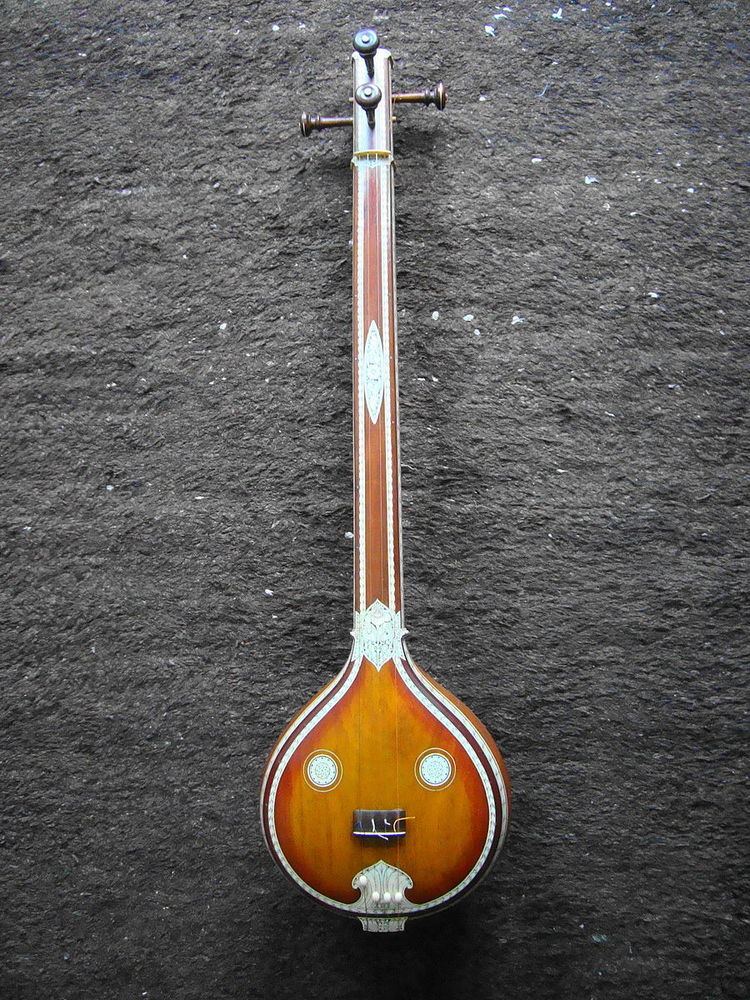 | ||
Jhalavarali (pronounced Jhālavarāḻi, meaning A moon with the sun's heat), is a rāgam in Carnatic music (musical scale of South Indian classical music). It is the 39th Melakarta rāgam in the 72 melakarta rāgam system of Carnatic music.
Contents
It is called Dhālivarāḻi in Muthuswami Dikshitar school of Carnatic music.
Structure and Lakshana
It is the 3rd rāgam in the 7th chakra Rishi. The mnemonic name is Rishi-Go. The mnemonic phrase is sa ra ga mi pa dha nu. Its ārohaṇa-avarohaṇa structure (ascending and descending scale) is as follows (see swaras in Carnatic music for details on below notation and terms):
(the notes in this scale : shuddha rishabham, shuddha gandharam, prati madhyamam, shuddha dhaivatham, kakali nishadham)
As it is a melakarta rāgam, by definition it is a sampoorna rāgam (has all seven notes in ascending and descending scale). It is the prati madhyamam equivalent of Ganamoorti, which is the 3rd melakarta.
Janya rāgams
Jhalavarali has a few janya rāgams (derived scale) associated with it, of which Varali is very popular. See List of janya rāgams for full list of rāgams associated with Jhalavarali.
Compositions
A few compositions set to Jhalavarali are:
Related rāgams
This section covers the theoretical and scientific aspect of this rāgam.
Jhalavarali's notes when shifted using Graha bhedam, yields no other melakarta rāgam, like all 6 rāgams in the Rishi chakra (Salagam, Jalarnavam, Navaneetam, Pavani and Raghupriya being the other 5). Only these rāgams have a gap of 3 notes anywhere in their scale, between G1 to M2. Such a gap does not occur in any other melakarta by definition.
Graha bhedam is the step taken in keeping the relative note frequencies same, while shifting the shadjam to the next note in the rāgam.
